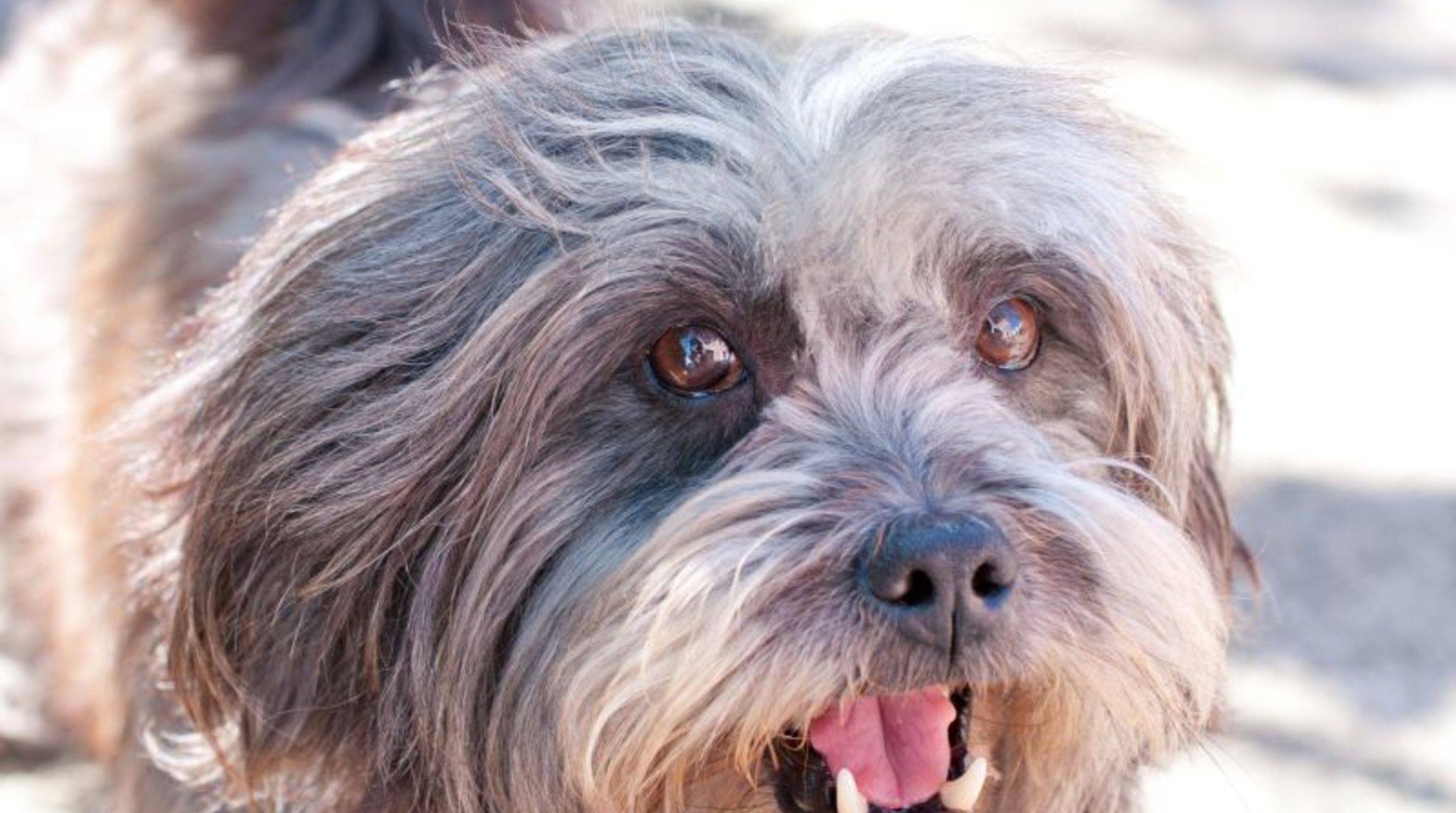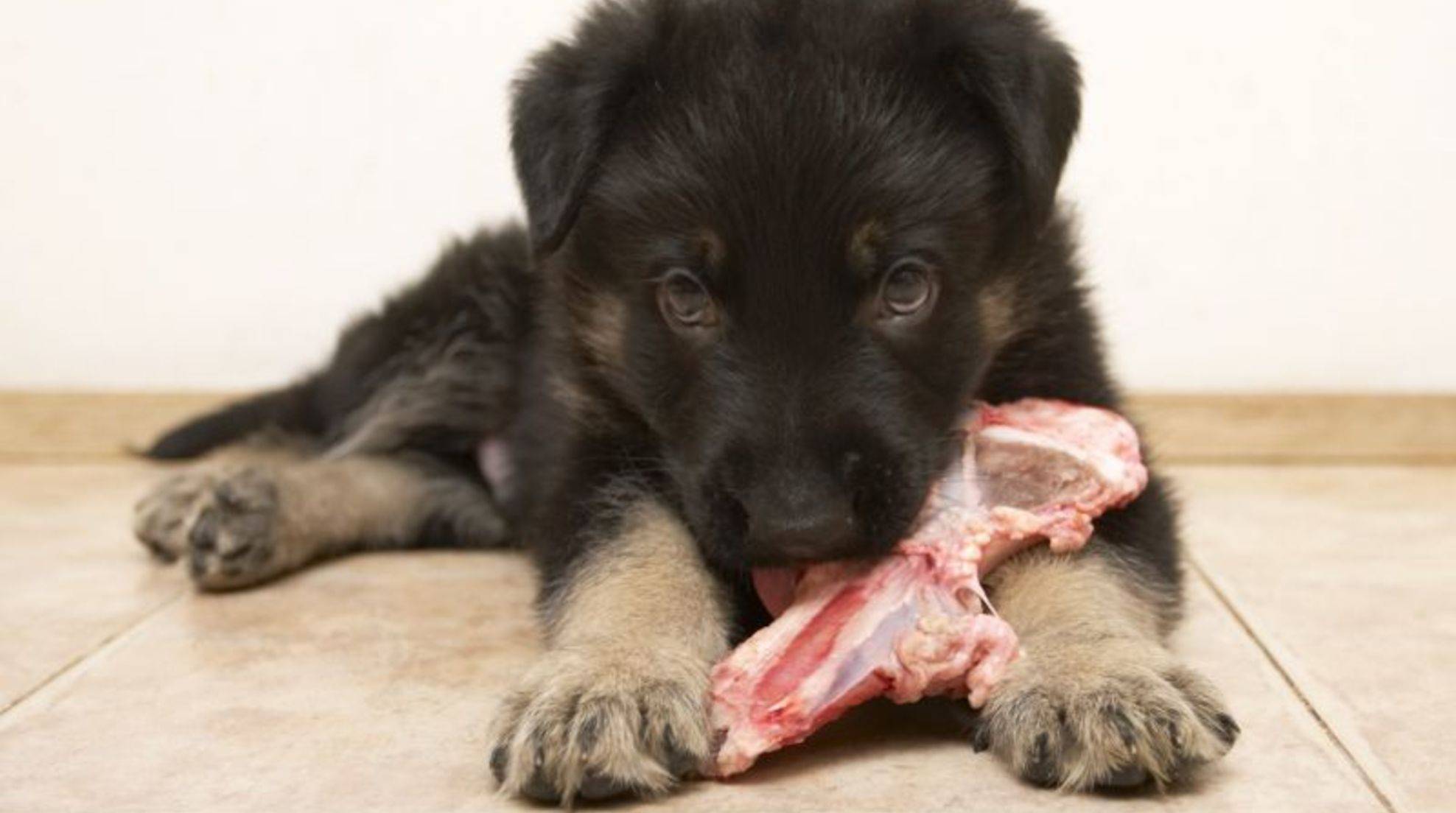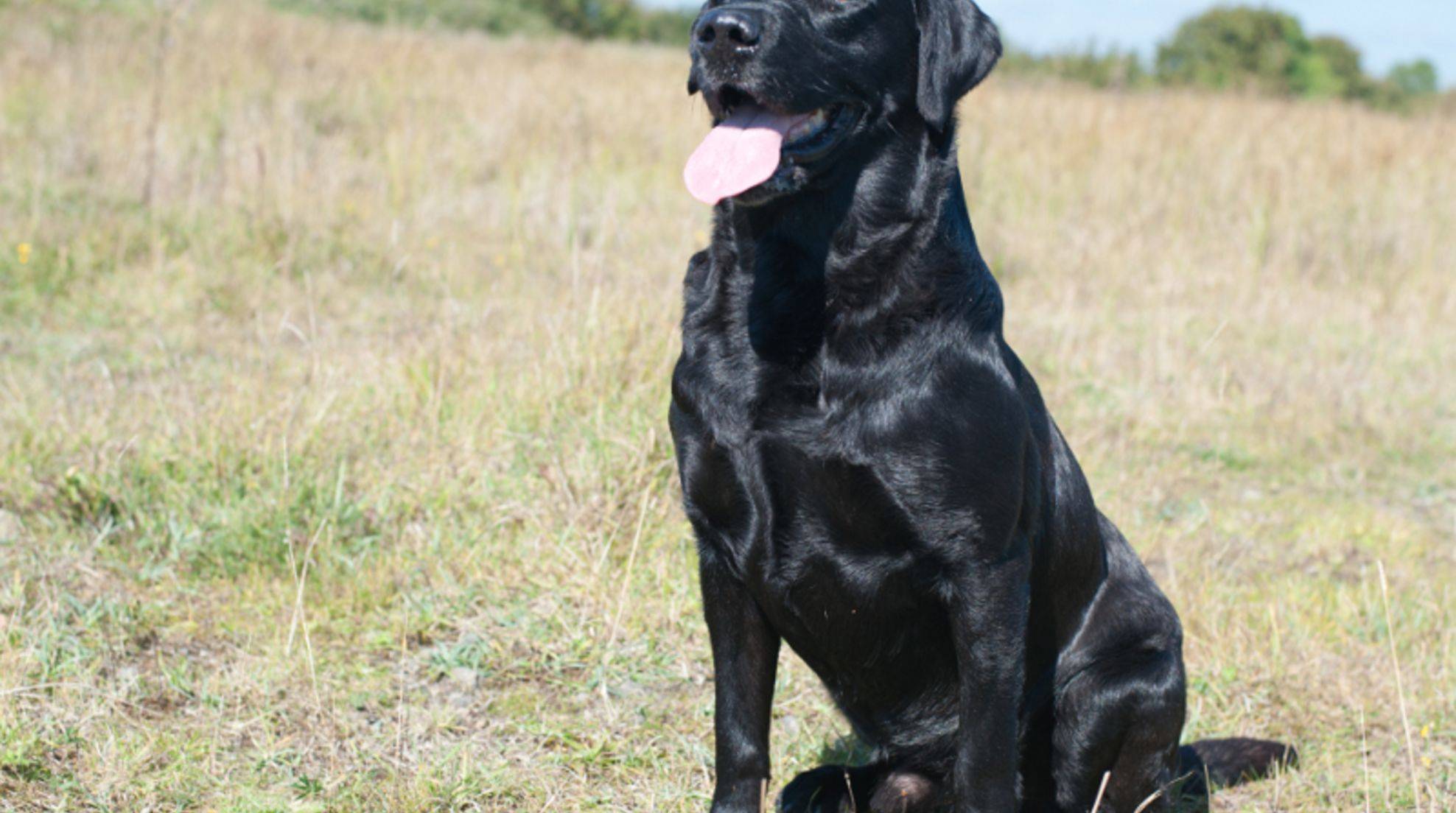Malinois vs German Shepherd: Difference?
At first glance, Malinois and German Shepherd look quite similar. The difference between the two dog breeds only becomes clear upon closer inspection. Also, the character of Belgian Shepherds tends to be different from their German cousins, so there are different things to consider when raising and keeping them.
Both Malinois and German Shepherd (DSH) were originally bred as herding dogs and nowadays are mainly used as working dogs, for example by the police, as guard dogs or tracking dogs. Both are also suitable as a family dog, provided consistent education and proper exercise. But what difference there is between the two breeds, you can learn here.
German Shepherd and Malinois: difference in appearance
The Malinois and the German Shepherd are about the same size, but the Malinois has a slightly slimmer build. Unfortunately, the German Shepherd has been bred over time to have a sloping back, while the Belgian’s back is straight. Serious breeders take care to ensure that the dogs are still healthy and that there is no increased risk of back problems or hip dysplasia in them. However, it cannot be completely ruled out and unfortunately there are always unserious dog breeders who pursue an exaggerated ideal of beauty without consideration and responsibility for their animals and overbreed the dogs.
German Shepherds appear a bit stockier and usually have a dark mark on their backs, while their Belgian relatives usually have a dark mask only on the face, but the rest of the coat is uniformly colored. Both dog breeds also have a completely black variant, although this is very rare in the Belgians.
Are there differences in temperament and behavior of the dog breeds?
The Malinois is considered more temperamental and lively than the German Shepherd. He tends to hyperactivity and over-excitement faster, and also needs even more occupation and workout to be satisfied and not get “stupid ideas”. A DSH can usually be left to his own devices – for example, in a kennel – as long as he is well trained and otherwise allowed to perform species-appropriate tasks.
A Mali – as the Belgian Shepherd is affectionately called – usually feels more comfortable if he is always allowed to be with his family. Both breeds are intelligent and willing to learn and work, although the Mali tends to be a little more clever and has an even quicker grasp of things. Because of their leaner build and less tendency to hip and back problems, Malinois are also often more agile, faster and more athletic than German Shepherds. This should be taken into consideration when choosing the appropriate dog sport. Belgians are also often more sensitive than DSHs and are more likely to perceive aversive training methods, drills and harshness as a breach of trust. These training methods are also questionable for the German Shepherd, yet he is somewhat more robust.
Is a Malinois or German Shepherd a good fit for you?
In general, Malinois and German Shepherd are rather breeds for experienced dog owners. You should be ready to work with the dogs, give them meaningful tasks, play sports and intelligence games with them, as well as challenge and encourage their fine senses. Otherwise, the smart four-legged friends will quickly get bored and behavioral problems may follow. If you can offer all this, the question is whether the Mali or the DSH is a better fit for you.
Unless you like to have your dog by your side at all times and want to keep him in the kennel from time to time, the German Shepherd is probably more suitable. If you want to teach your four-legged friend tricks and tricks and push him to physical peak performance in sports, a Malinois will probably do that better.








